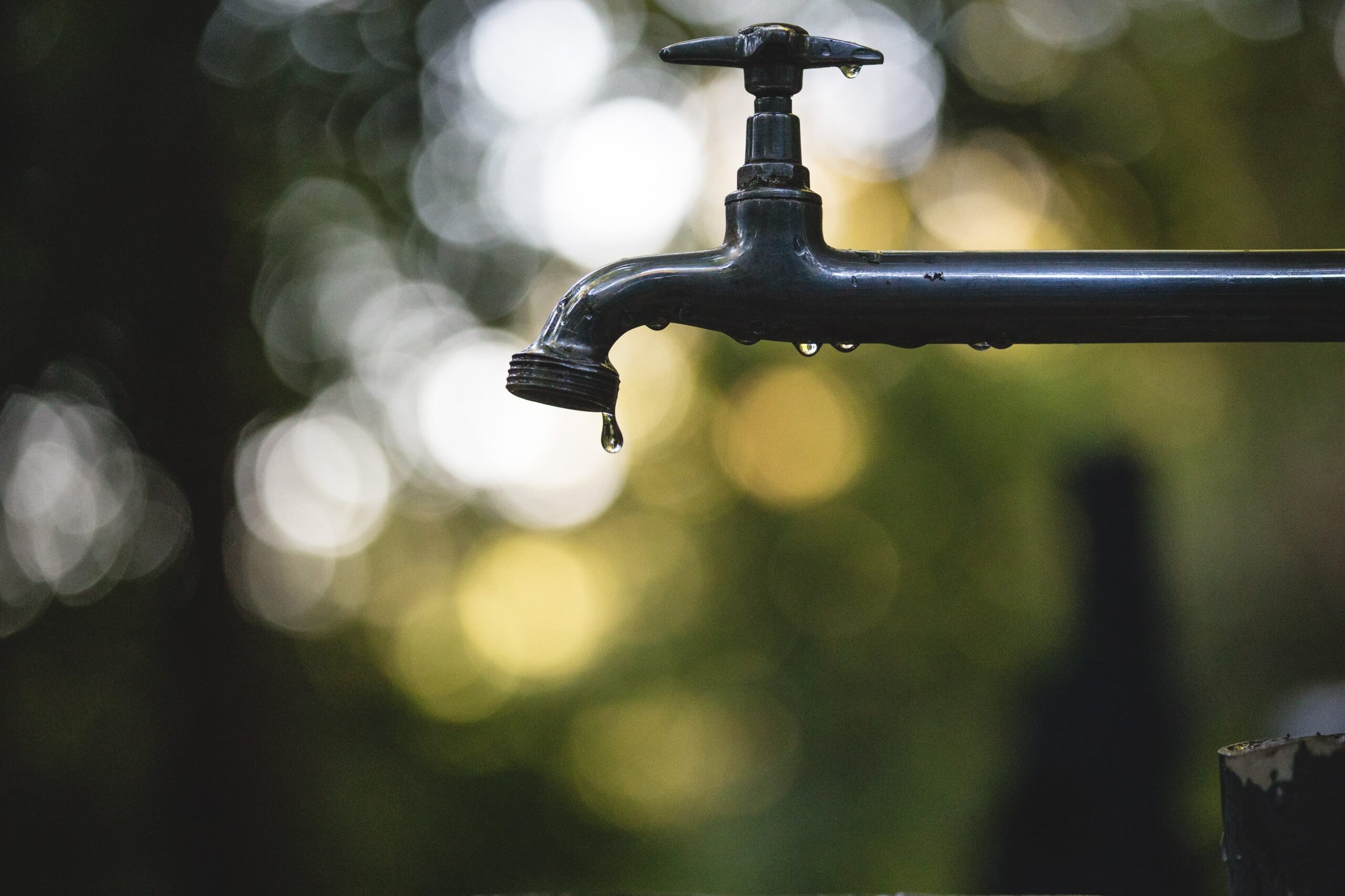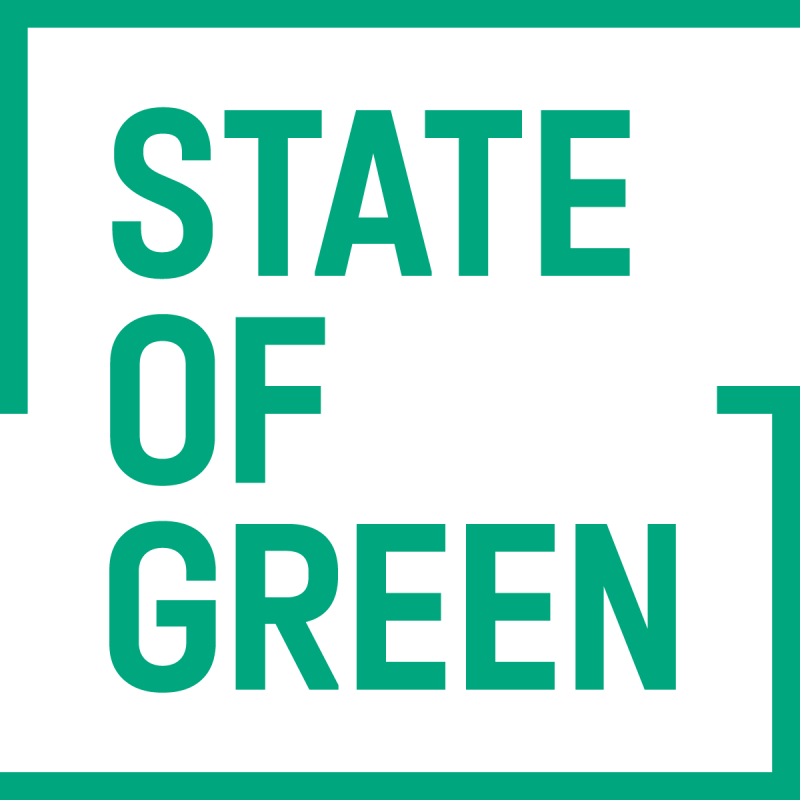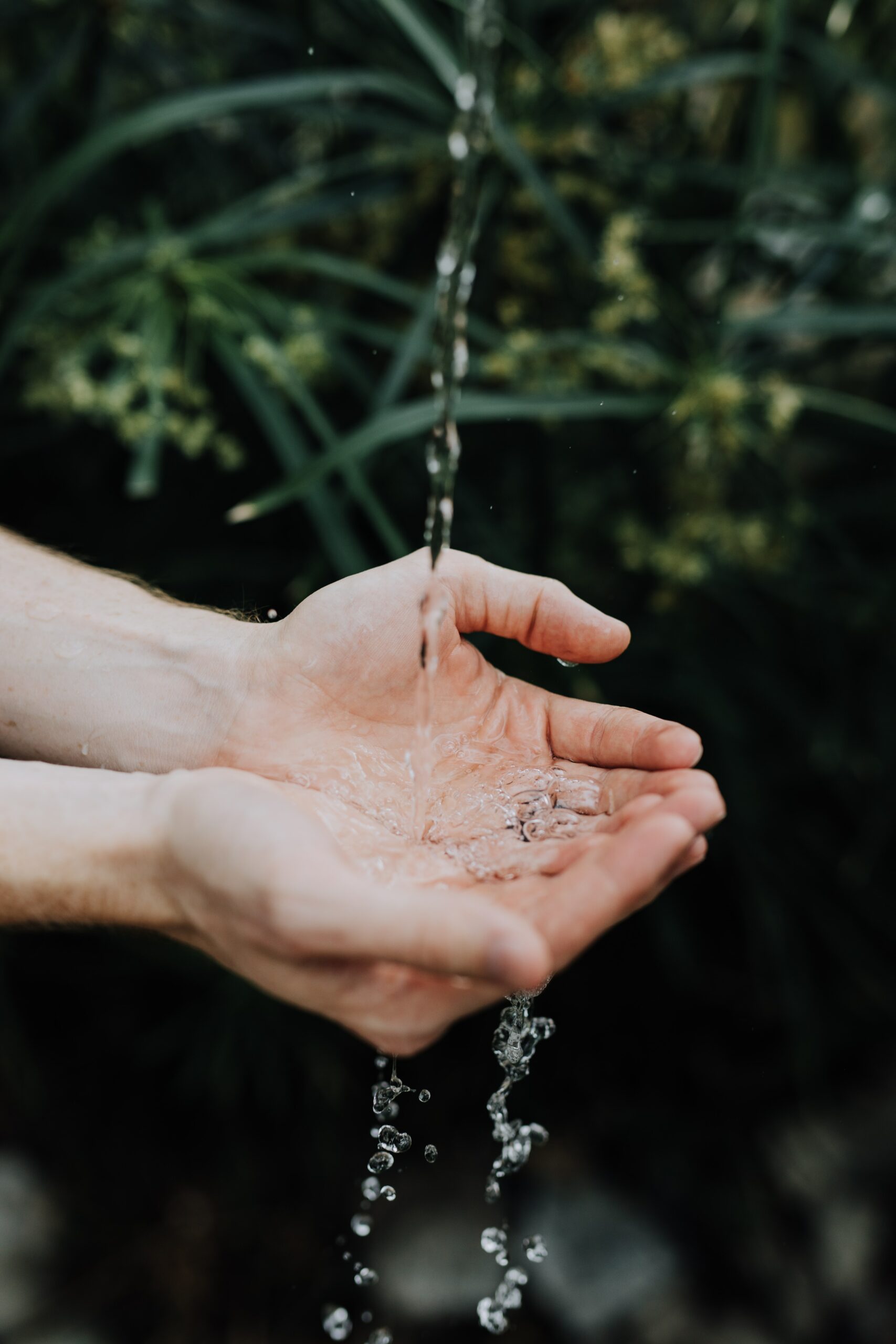Groundwater: Drinking water from well to tap
Drag the screen to explore the 360 view.
Video credits: State of Green
Perspective
Water supply
Groundwater management
Water management
+1


Drag the screen to explore the 360 view.
Video credits: State of Green
Drinking water in Denmark is based exclusively on groundwater. When managed and protected properly, groundwater can provide a reliable and sustainable source of high-quality drinking water as it is not as vulnerable to climate change as surface water is.
The abstraction of groundwater in Denmark is highly based on data. This allows the process to consider everything from demand, sustainable use of the natural resource, water quality, energy use, groundwater levels, and the surrounding nature.
After being abstracted from the wells, the groundwater is then transported in pipes to local waterworks like VCS Denmark.
A high degree of automation, surveillance, and online measurement allow waterworks to manage and protect the drinking water efficiently.
Once the water is at the waterworks, only a very simple treatment takes place. The water is simply aerated and filtered before being sent out the consumers.
From the waterworks, the water is distributed to consumers via booster stations that ensure sufficient water pressure even in remote parts of the system.
Keeping a constant pressure in the network flow, prevents pollution from entering the water stream through minor cracks in the pipeline systems.
Leakage levels in Danish drinking water networks are amongst the lowest worldwide. In recent years, Danish water loss levels have been less than 7 per cent on average.
The key is to identify where the returns on investment will be highest – The so-called “Economic Level of Leakage”. Reducing water loss to this level can be achieved through these four guiding principles:
The funding model for the water system in Denmark is pay for use. This incentives Danes to use the natural water resource more sustainably.
Globally, we all share the need for clean and stable supply of drinking water. In some countries the imminent need for water due to climate change, pollution, and population growth, is nothing short of critical.
The Danish example of sustainable use of groundwater combined with an efficient water distribution system can be a part of the solution.

Discover facts, cases and news on how Denmark and Danish solution providers are working to meet the universal need for a sustainable water supply
Focus area: Water SupplyPerspective
Resource recovery from wastewater
+1